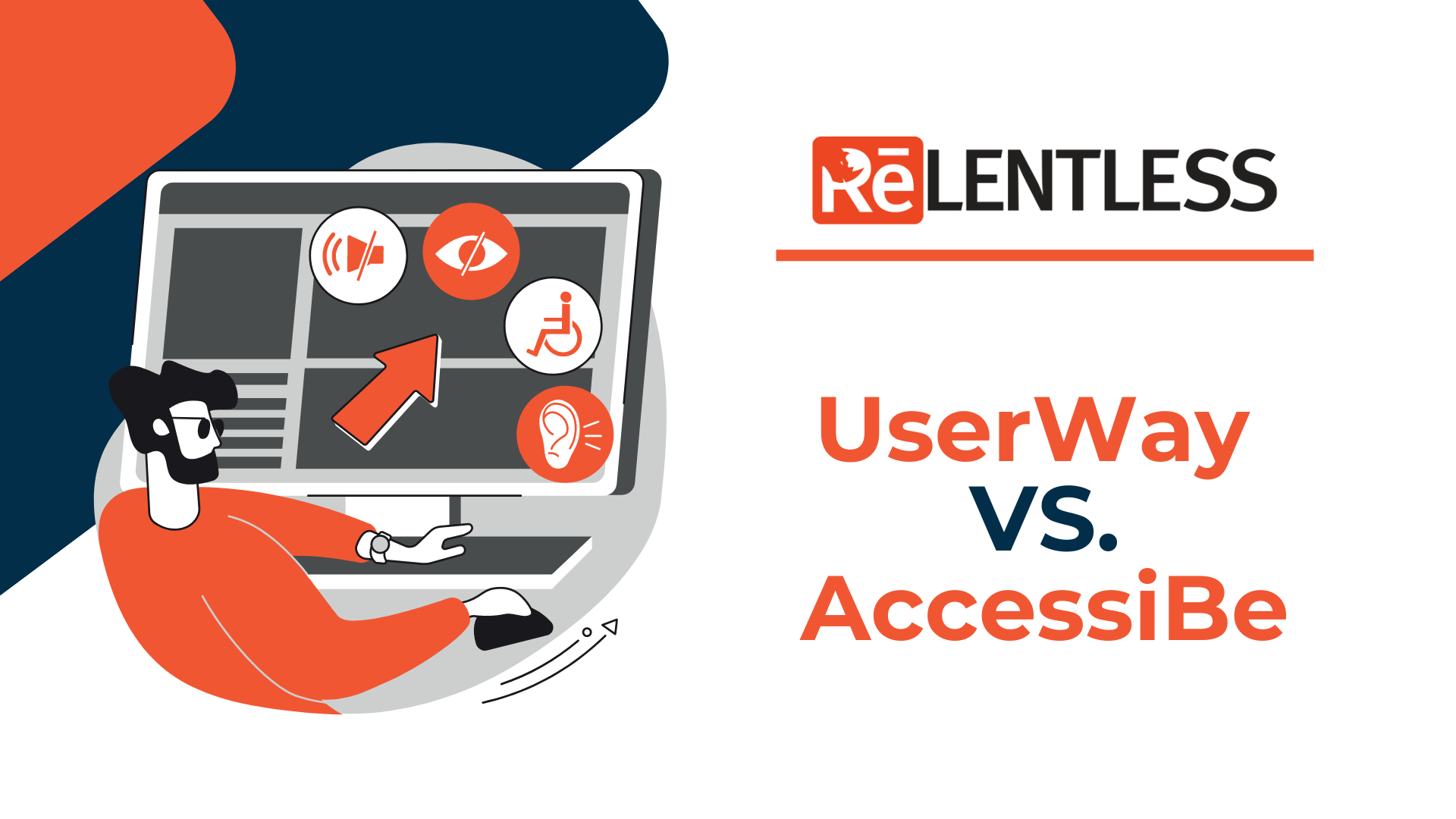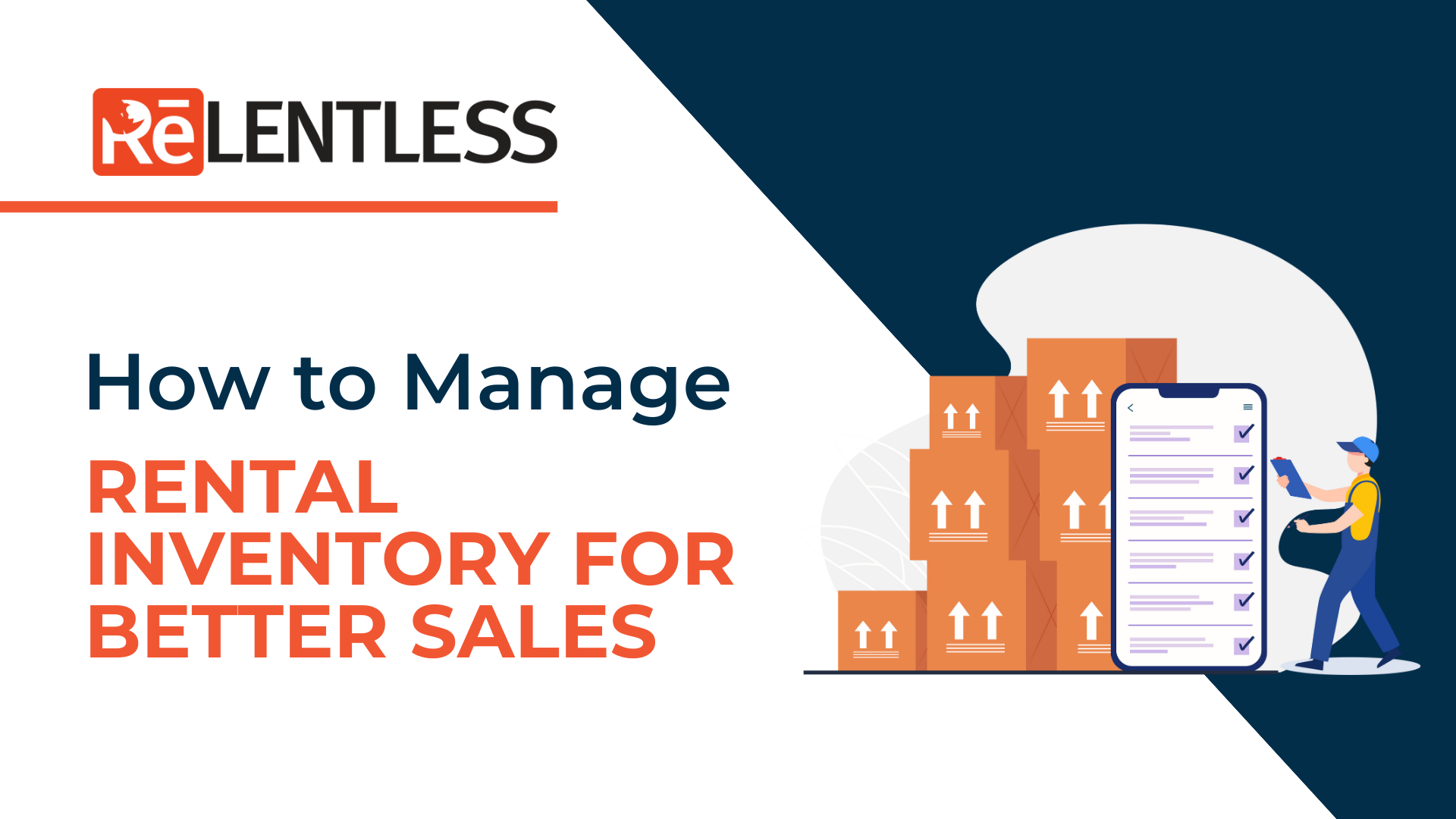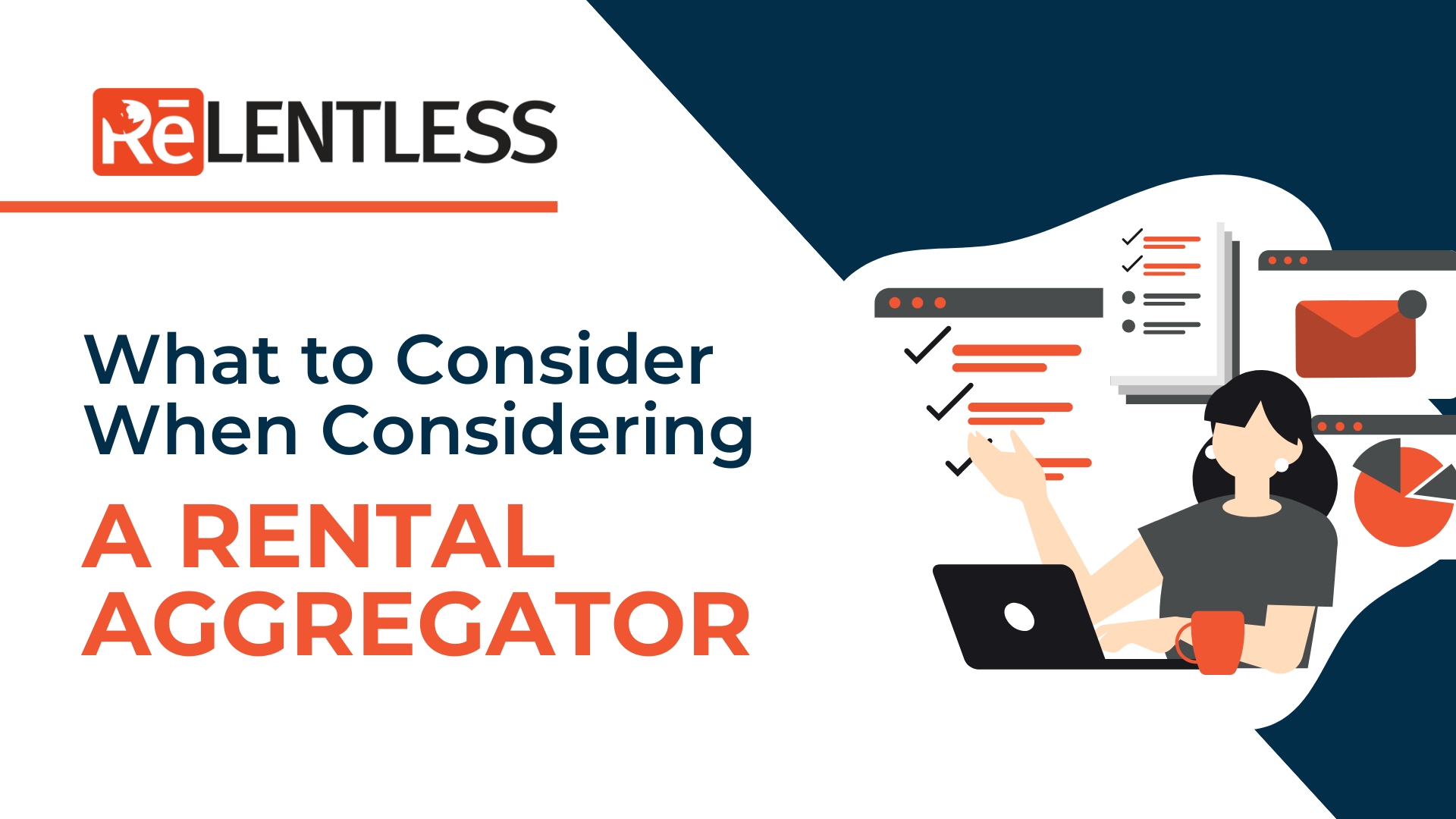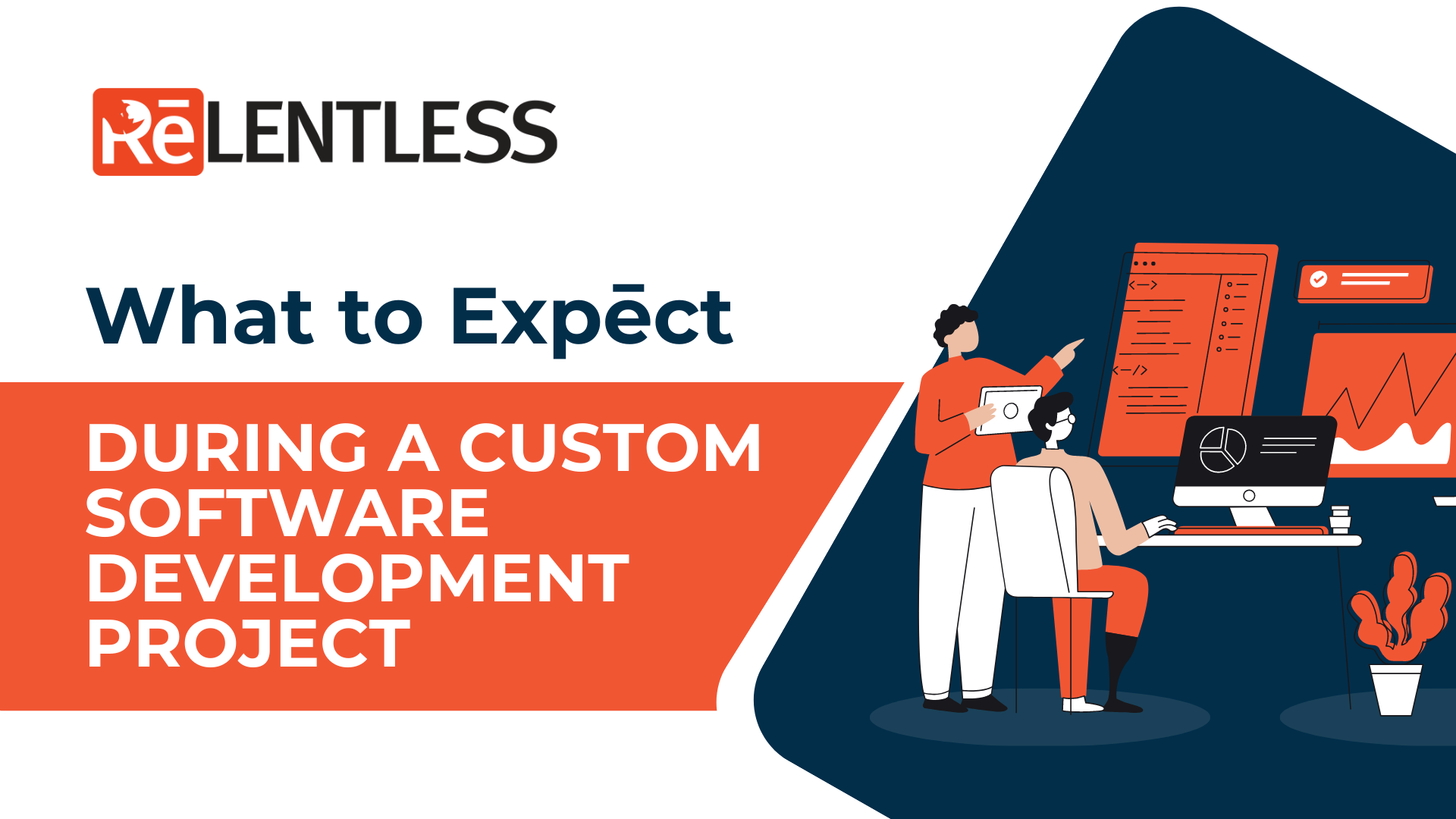Top Two Accessibility Contenders: UserWay vs. AccessiBe
If you own an eCommerce business, it’s tremendously important that you make sure your customers have a way to access and use your site without difficulty. It benefits your website and increases the potential number of customers or visitors your site can receive. The downside? There is not much that we can detect. Perhaps minor concerns include a slightly narrower range of color combinations for your site design. The effects of having an inaccessible site, on the other hand, puts you at risk of losing a portion of potential clients and significantly damaging your business’s reputation. You could even face serious legal consequences for having an inaccessible site if you’re operating in the United States and many other countries. So, if you own and operate a business in the USA, ensuring your website complies with accepted accessibility standards like the WCAG, and legislated requirements like the ADA, is paramount to your online business strategy.

Making the necessary changes to offer accessibility to the standards outlined in the WCAG and the ADA used to be an enormous chore and a massive expense, especially for those not technically inclined or too busy trying to run a business. But recently, technology has come to the rescue. Several firms have released AI-based plug-ins to help bring websites up to speed with compliance at a rate that small businesses can afford. Two that have gotten our attention are UserWay and accessiBe.
There are a few key differences between these widgets that are noteworthy. However, one widget rises slightly above the other, in our opinion. Read on below for our complete side-by-side comparison of UserWay vs. accessiBe.
UserWay vs. accessiBe Comparison
Firstly, the actual technology behind these two AI-powered widgets performs similarly. They both use artificial intelligence and automation to reduce the effort required to offer web accessibility to small and large businesses. In addition, both incorporate machine learning to capture a website’s current layout and design to determine what needs to be adjusted.
Which one’s better? Take a look below where we break down the UserWay vs. accessiBe debate. Then, stick around until the end to read who comes out on top.
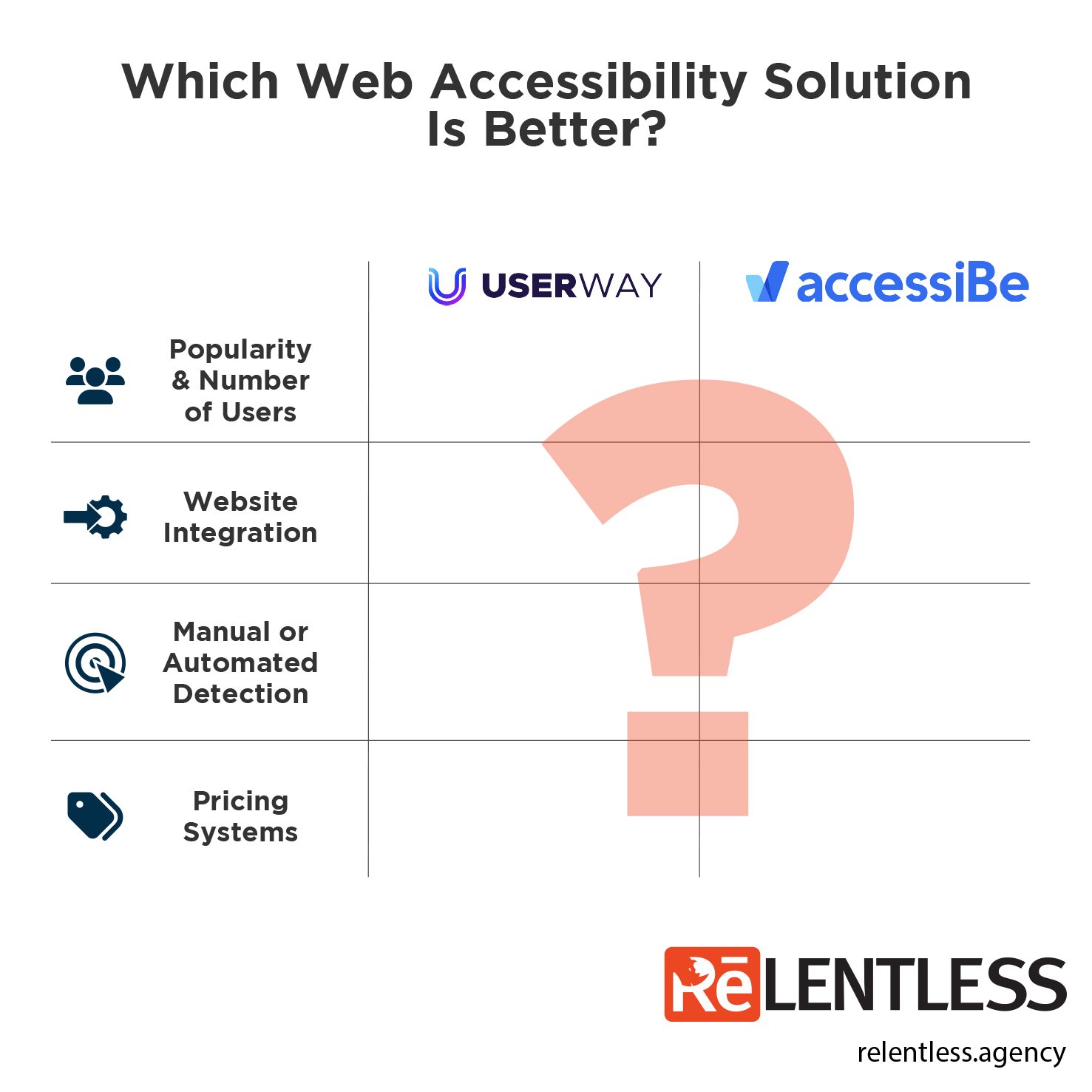
Popularity & Number of Users
To better compare both widgets, we’d like to provide you with an overview of their respective popularity. This way, you can get a good idea of their reputation, how many people use them, and what kinds of businesses find them helpful.
Comparing the two, UserWay is the more well-established. It has served over 700,000 websites, including large enterprises like FedEx, Coca-Cola, Duracell, and eBay, and sites for much smaller businesses.
Nevertheless, accessiBe has also had its fair share of success as a startup. It has helped over 100,000 website owners meet ADA compliance requirements. In addition, like UserWay, it’s helped some famous brands, including Fiverr, Knoll, Energizer, and Benadryl.
Integration
ADA compliance widgets are meant to take the work out of making your website accessible. That’s why UserWay and accessiBe are incredibly easy to integrate into your website.
After testing, we’ve discovered that their integration processes are nearly identical. The process will vary slightly based on the website builder or content management system that you’re using, but at the end of the day, both will look something along the lines of this:
- Go to your settings. Find a button that says “Add New Plug-In.”
- Find the UserWay or accessiBe option. Select “Install Now.”
- Finish by registering your plug-in. You’ll likely have to provide your name, email, and site URL.
- Save your work.
Non-technically inclined site owners will appreciate both widgets’ accessible integration features and processes. Adding plug-ins to these apps, such as WordPress, is as simple as tapping a few buttons. And in short order, your efforts will reward you with a fully ADA-compliant website that everyone can use.
There’s no clear winner for us: both widgets offer a seamless experience that’s quick to set up, especially if you’re not technically minded. We also thought it was great that both widgets offer customizable user interfaces. These can be routinely deployed through a plug-in or simply copy-pasting some JavaScript.
Automation
accessiBe is fully automatic, using advanced AI to make websites more accessible. Once you’ve successfully installed it, accessiBe’s widget will start scanning your business’s website. Within two days, it will be completely certified for compliance.
It’s always good to remember that any changes you make to your website could cause new ADA compliance issues. However, you shouldn’t let this stop you from updating your website when you need to. That’s because accessiBe’s widget will scan your website daily to detect and remediate any issues.
UserWay is a bit different from accessiBe in terms of how it finds accessibility issues on your site. Like accessiBe’s widget, it needs approximately two days after installation to spot any compliance issues. Once that’s done, it will make any updates as necessary. Nonetheless, UserWay uniquely differs from accessiBe: it also offers manual detection.
Some users don’t like the manual detection option, as they feel it requires too much effort. But you’ve always got the chance to avoid it if that’s easier for you. As a business, you can rely on its automatic detection abilities just fine.
Some businesses like to go above and beyond regarding ADA compliance, depending on the kind and size of the business they’re running. UserWay allows them to do that if that’s what they prefer. Its widget offers a manual accessibility solution in addition to the automatic one. Unfortunately, it won’t provide you with daily reports. Still, you’re welcome to analyze any potential ADA compliance violations yourself if that’s something you want for your business or if it’s something your business requires.
UserWay’s widget is nearly 100% accurate, but it isn’t perfect — some violations it detects may not be real. So, you can choose whether you’d like to go and correct them or not.
Pricing Systems
Both widgets set up their pricing systems differently. It’s worth taking a little time to understand the distinctions between the two.
Both widgets offer almost identical features. Where they differ is in their price plans, depending on website size. In UserWay’s top two packages, its customers have the opportunity to become account managers. All AccessiBe plans have the same features.
AccessiBe: accessiBe’s pricing plan is based on how many pages their websites have. Their pricing plan is detailed below:
- Standard: $49 per month for websites under 1,000 unique pages
- Large: $149 per month for websites under 10,000 unique pages
- Huge: $199 per month for websites under 100,000 unique pages
- Jumbo: $349 per month for websites under 1,000,000 unique pages
UserWay: UserWay bases its pricing on how many monthly page views its customers’ websites receive. Their pricing plan is detailed below:
- Small Business: $49 per month for websites with up to 100,000 monthly page views
- Medium Business: $129 per month for websites with up to 1,000,000 monthly page views
- Large Business: $329 per month for websites with up to 10,000,000 monthly page views
As you’ll notice, UserWay does come out to be slightly more affordable. Especially if you’re a medium-sized enterprise that falls into the middle-tier of monthly page views.
Both widgets offer the option to pay annually. A nice bonus? Both widgets provide a 20% discount when you spend a year in advance.
If you’re interested in giving these tools a spin before you shell out the fees, it’s your lucky day. UserWay and accessiBe both offer free trials for their widgets. UserWay has a slightly longer free trial of ten days; accessiBe provides a seven-day free trial.
However, both cost-free periods should offer you plenty of time to decide. We believe this is enough time to test-drive your chosen widget before making your mind up properly.
Which Web Accessibility Solution Is Better?
Both tools are handy for making your website more accessible to your clients, customers, and visitors.
But in our view, UserWay rises slightly above its competitor in the final judgment. UserWay is more affordable and provides greater versatility because of its dual options: manual and automatic detection abilities. Both widgets have excellent reputations in the industry, and are easy to set up. Now, get your site accessible! Good luck.

